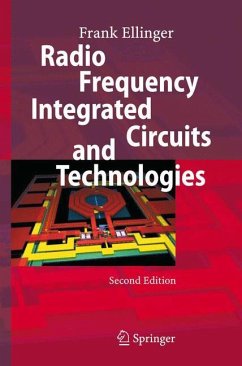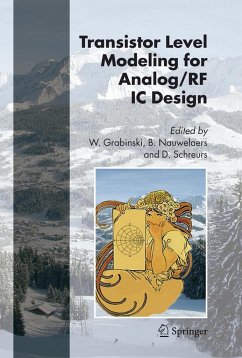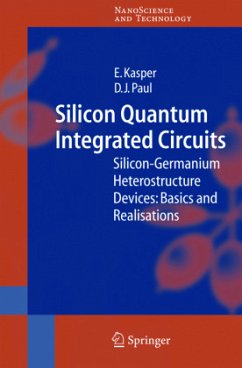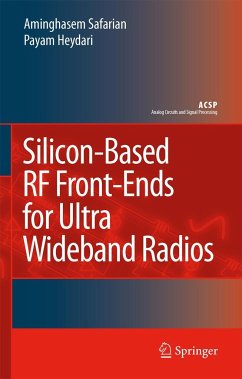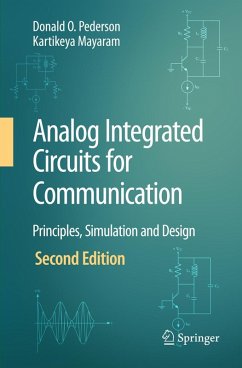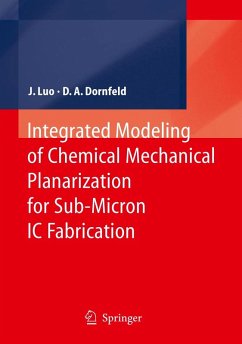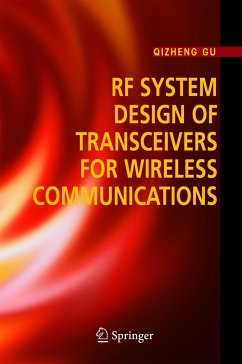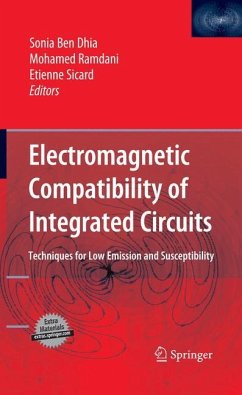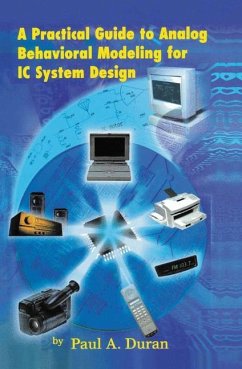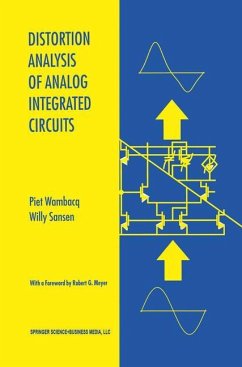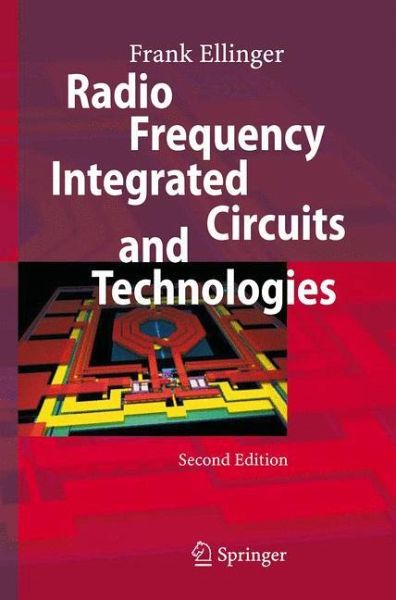
Radio Frequency Integrated Circuits and Technologies
Versandkostenfrei!
Versandfertig in 6-10 Tagen
76,99 €
inkl. MwSt.
Weitere Ausgaben:

PAYBACK Punkte
38 °P sammeln!
The striking feature of this book is its coverage of the upper GHz domain. However, the latest technologies, applications and broad range of circuits are discussed. Design examples are provided including cookbook-like optimization strategies. This state-of-the-art book is valuable for researchers as well as for engineers in industry. Furthermore, the book serves as fruitful basis for lectures in the area of IC design.
In the last decade wireless communications engineering has seen outstanding progress, making merged, enhanced and novel applications in the area of mobile phones, wireless networks, sensors and television feasible. Technologies have developed from hybrid systems to highly integrated solutions in silicon, SiGe, GaAs and InP. By aggressive scaling of device dimensions below 0. 1 ?m and employing advanced technologies such as SOI, strained silicon and low-k, circuits with operation frequencies and bandwidths up to approximately 100 GHz can now be fabricated. However, especially in silicon, the restrictions inherent in scaling make circuit engineering a demanding task. Examples of these drawbacks are the limited high frequency signal power, leakage effects and significant parasitics in passive devices. Enhanced circuit topologies and design techniques have to be applied to achieve maximum performance. In this context, designers must have profound skills in the following areas: circuit theory, IC technologies, communications standards, system design, measurement techniques, etc. The aim of this book is to address all these multidisciplinary issues in a compact and comprehensive form and in a single volume. Suitable for students, engineers and scientists, the manuscript provides the necessary theoretical background together with cookbook-like optimisation strategies and state-of-the-art design examples. Each chapter is accompanied by tutorial questions repeating the key issues of the treated subjects. The manuscript is organised as follows: Chapter 1 preludes with an introduction concerned with the exciting history of integrated circuits, technologies and wireless communications.





